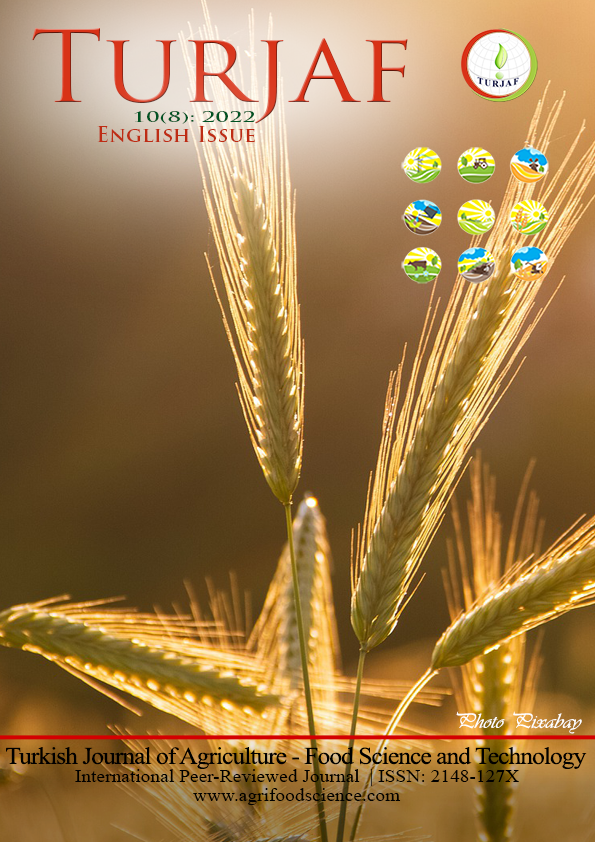Isolation of Biopolymers from Sustainable Sources and Purification Steps for Biomaterial Applications
DOI:
https://doi.org/10.24925/turjaf.v10i8.1334-1341.5318Keywords:
Silk fibroin, Collagen, Sodium Alginate, Aloe Vera, Sustainable polymersAbstract
In the study carried out, obtaining environmentally friendly biopolymers from sustainable sources and their usability as biomaterials were investigated. For this purpose, collagen from bovine achilles tendon, fibroin from silkworm cocoon, sodium alginate from brown sea algae and bioactive components from gel of aloe vera were isolated and purified. Product efficiency were calculated as 79.8% (w/w), 69,49% (w/w from cocoons), 35.1% (w/w) and 1% (w/v dry weight in gel) for collagen, fibroin, sodium alginate and aloe vera, respectively. Tissue scaffolds were prepared from these biomolecules by freeze drying method. However, aloe vera gel could not maintain the structural integrity in solid form and could not form a 3-dimensional scaffold. FTIR analyzes of fibroin, collagen and sodium alginate scaffolds showed that the products were obtained pure and the chemical structure was preserved during lyophilization. Surface analyzes with SEM, on the other hand, supported that the scaffolds are suitable for tissue engineering applications. As a result, it was determined that bioactive polymers were obtained from sustainable sources, generally at room conditions, with high yield, instead of petroleum-derived polymers, and they could be used as biomaterials. Obtaining biomolecules from sustainable sources in this way has significant potential in solving both the raw material problem and the environmental pollution caused by polymers.Downloads
Published
How to Cite
Issue
Section
License
This work is licensed under a Creative Commons Attribution-NonCommercial 4.0 International License.
























